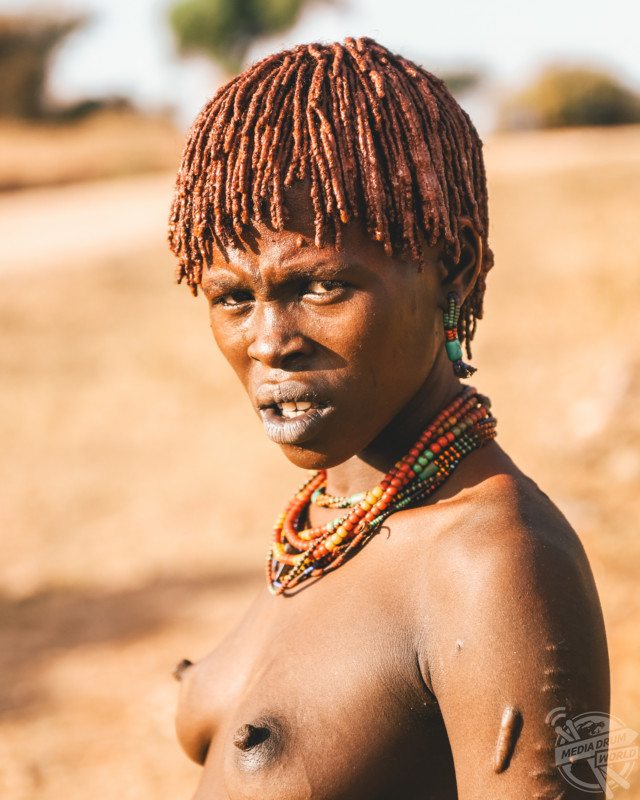By Mark McConville
STUNNING pictures have revealed the tribe where female relatives offer themselves to be whipped by men as part of a boy’s journey to manhood.
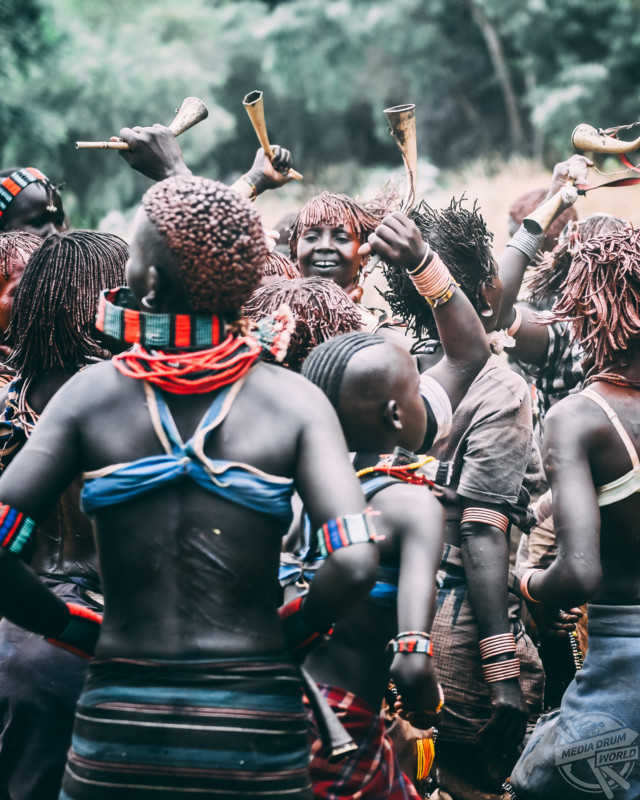
Pongtharin Tanthasindhu / mediadrumimages.com
The incredible images show members of the Hamar tribe with their distinctive features including dreadlocks and red soil which they use to showcase their identity.
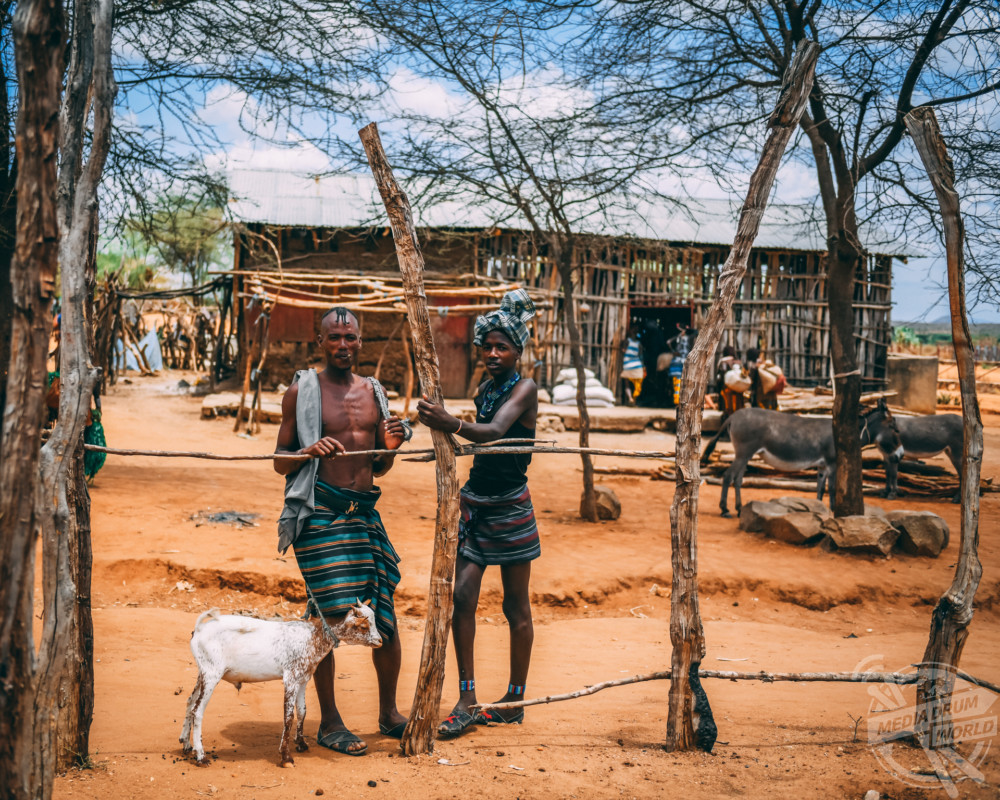
Pongtharin Tanthasindhu / mediadrumimages.com
Other striking shots show the Mursi tribe with women showing off their huge lip-plates while one mother poses with her child in one arm and an AK-47 in the other.
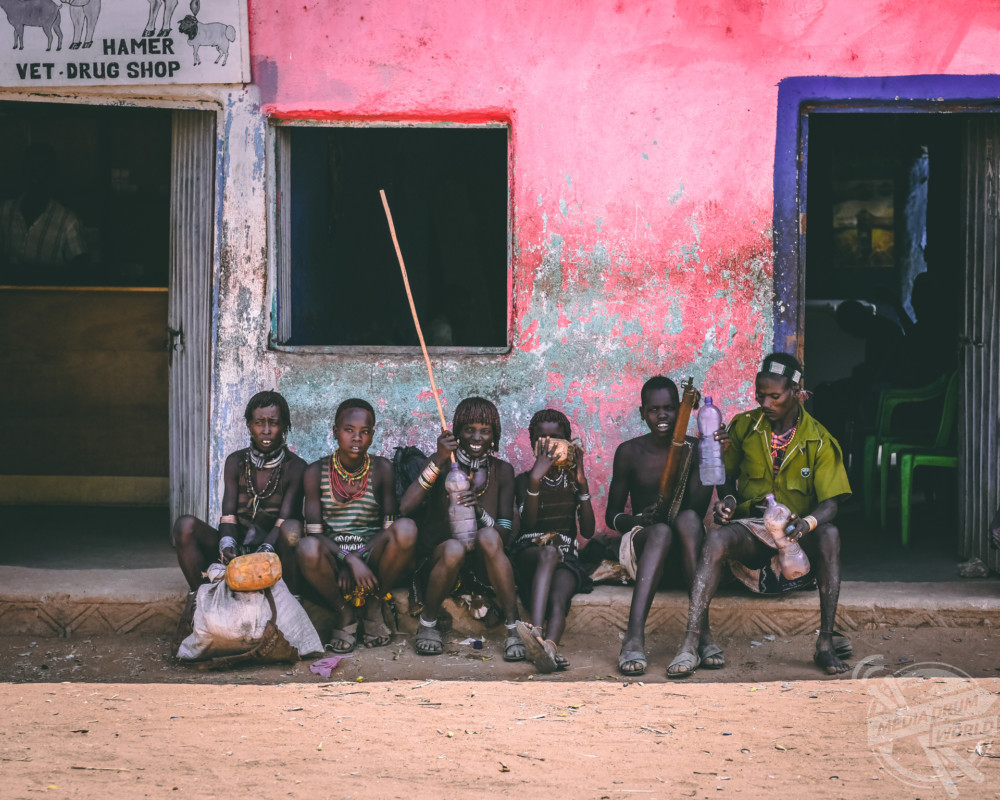
Pongtharin Tanthasindhu / mediadrumimages.com
The remarkable photographs were taken in the Omo Valley, Ethiopia, where both tribes live by project leader and amateur photographer Pongtharin Tanthasindhu (29), originally from Thailand but now living in Toronto, Canada.

Pongtharin Tanthasindhu / mediadrumimages.com
“What you can you see in these photos are two tribes that live along the southern part of Ethiopia (Hamar and Mursi tribes) – Omo Valleys,” he said.
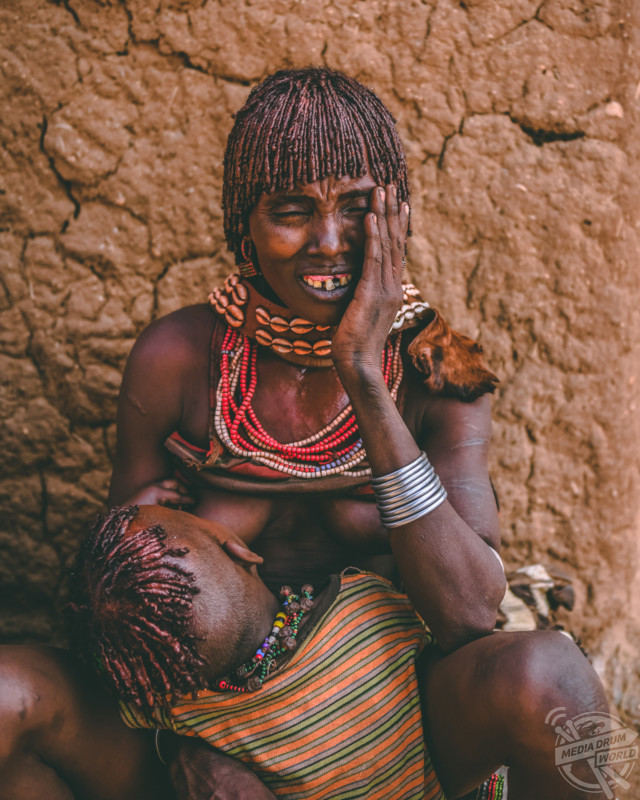
Pongtharin Tanthasindhu / mediadrumimages.com
“I am trying to showcase their cultures and lifestyles that have changed very little over the past centuries. There are few other tribes that live along the village, but none of them are as photogenic as these two tribes.
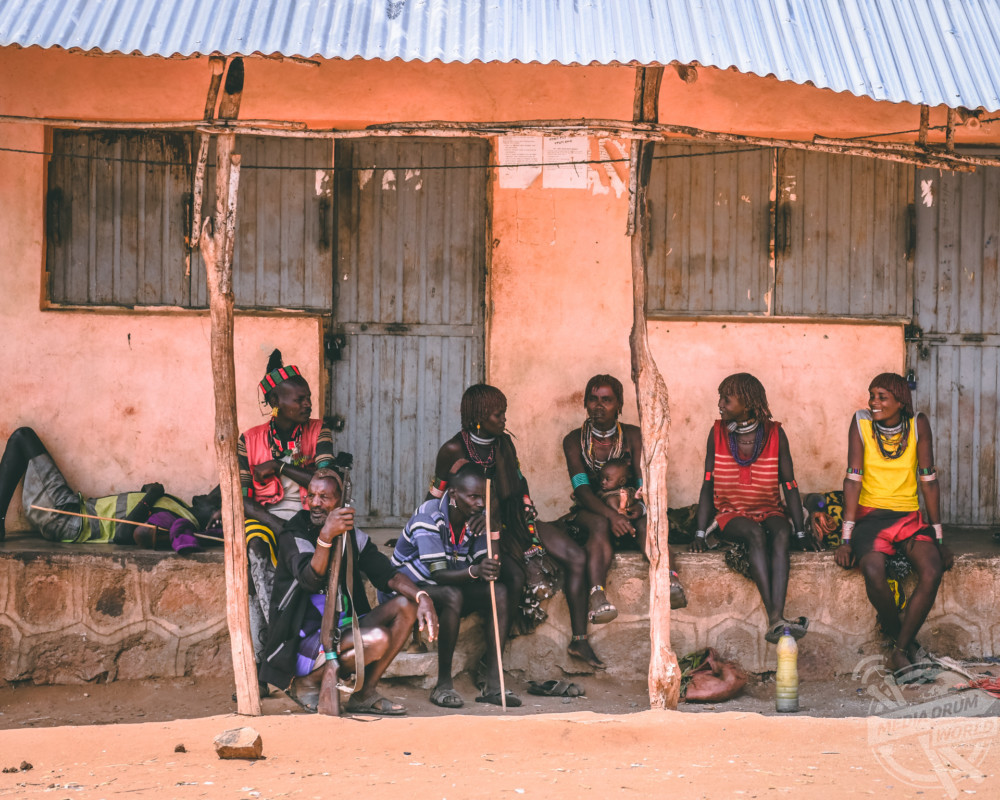
Pongtharin Tanthasindhu / mediadrumimages.com
“The Hamar are famous for their dreadlocks which they use and red soil to showcase their identity. Moreover, they are also known for their bull jumping ceremony, a key passage in a boy’s journey to manhood in which female relatives offer themselves to be whipped by men to show their support during the ceremony.
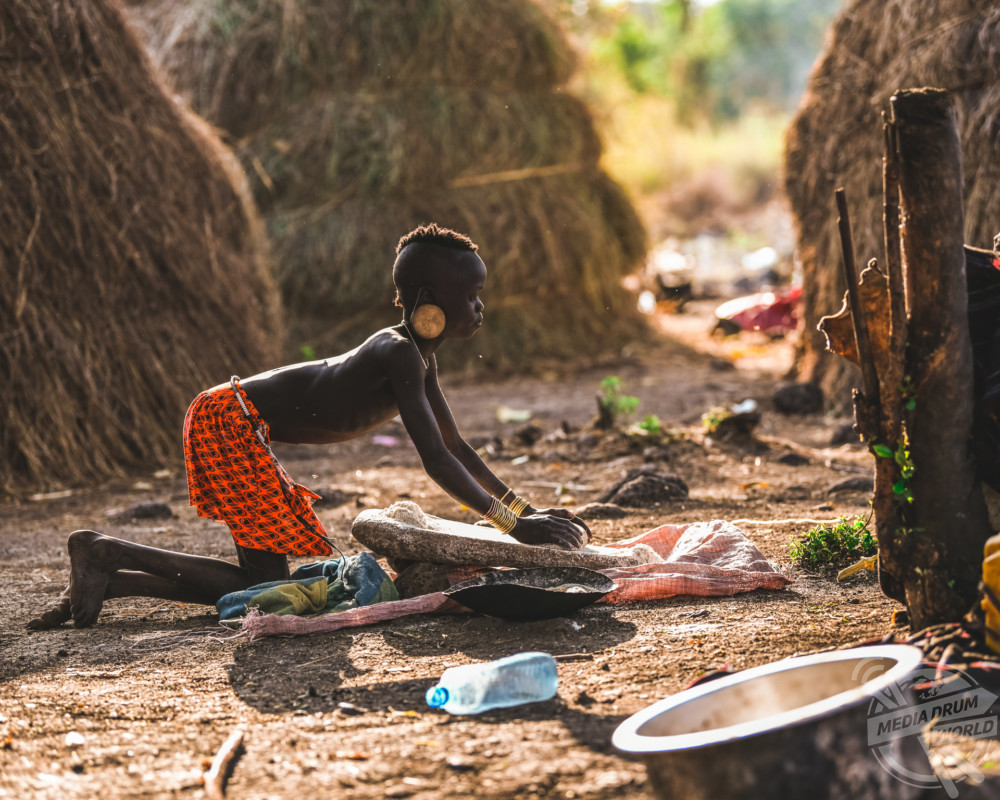
Pongtharin Tanthasindhu / mediadrumimages.com
“Mursi are famous for their women wearing lip-plates to measure their prestige; the larger the size of the lips the larger the value of the bride, who is usually paid for with cattle. Guns are used as part of the tradition and possibly to protect themselves from tribal conflicts.”
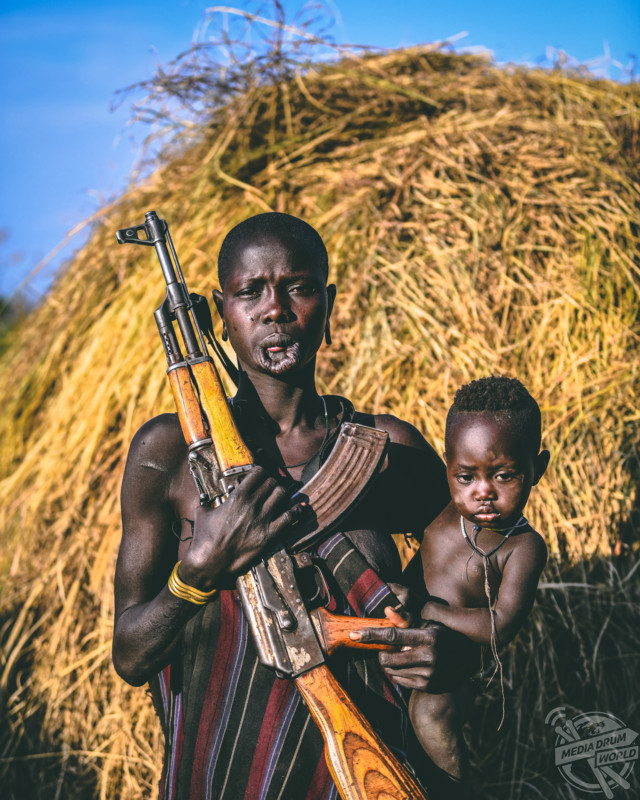
Pongtharin Tanthasindhu / mediadrumimages.com
The Hamar are known for their unique custom of ‘bull jumping,’ which initiates a boy into manhood. First, female relatives dance and invite whipping from men who have recently been initiated; this shows their support of the initiate, and their scars give them a say on who they marry.
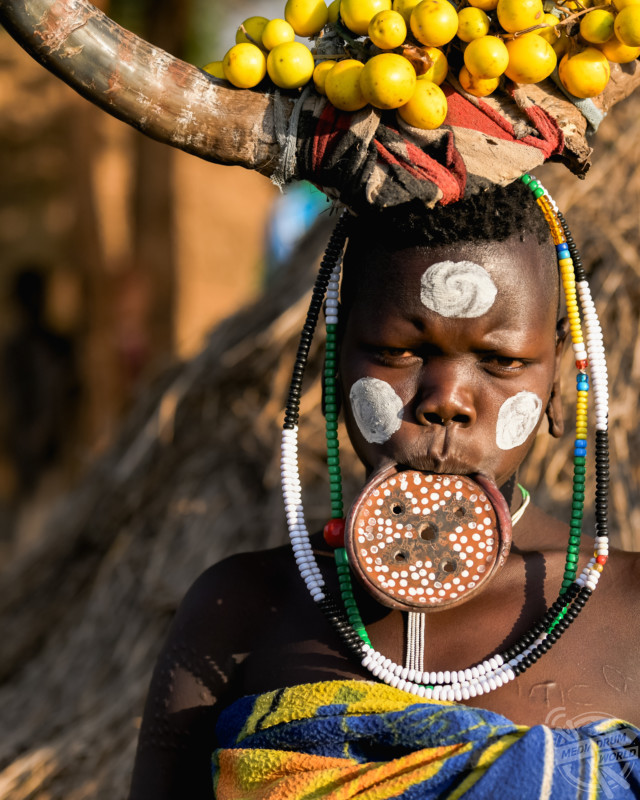
Pongtharin Tanthasindhu / mediadrumimages.com
Mingi, in the religion of the Hamar and related tribes, is the state of being impure or ‘ritually polluted’. A person, often a child, who was considered mingi is killed by forced permanent separation from the tribe by being left alone in the jungle or by drowning in the river.
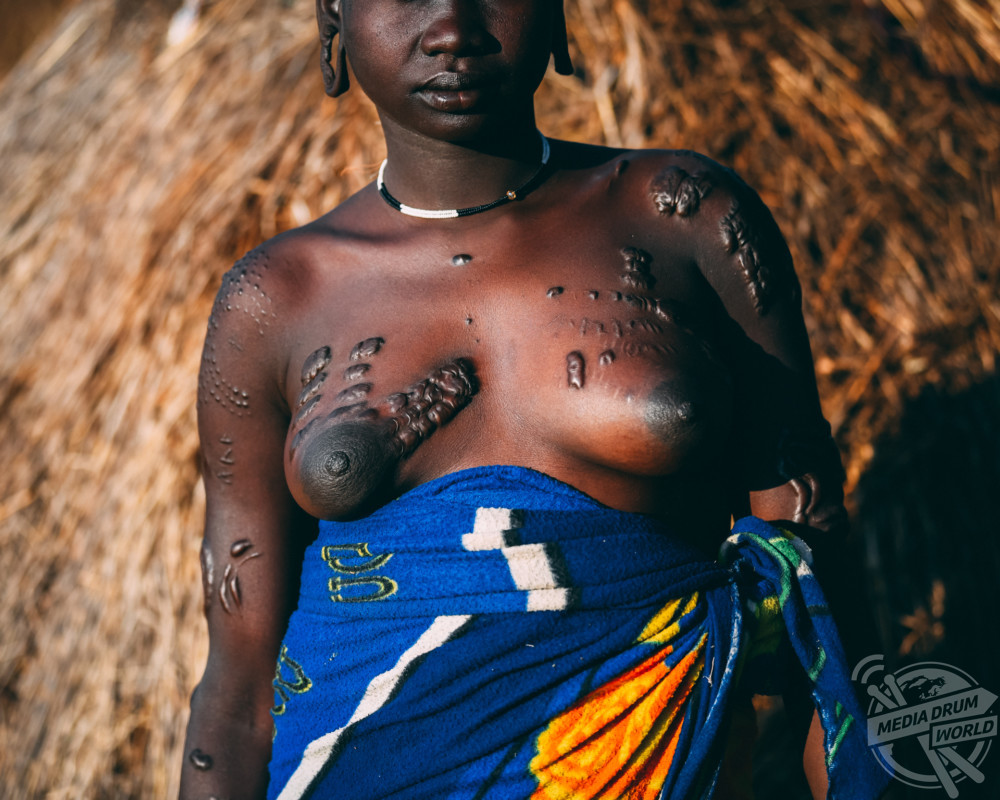
Pongtharin Tanthasindhu / mediadrumimages.com
Pongtharin explained that he did run into some issues while trying to photograph the tribes who are naturally sceptical of cameras.
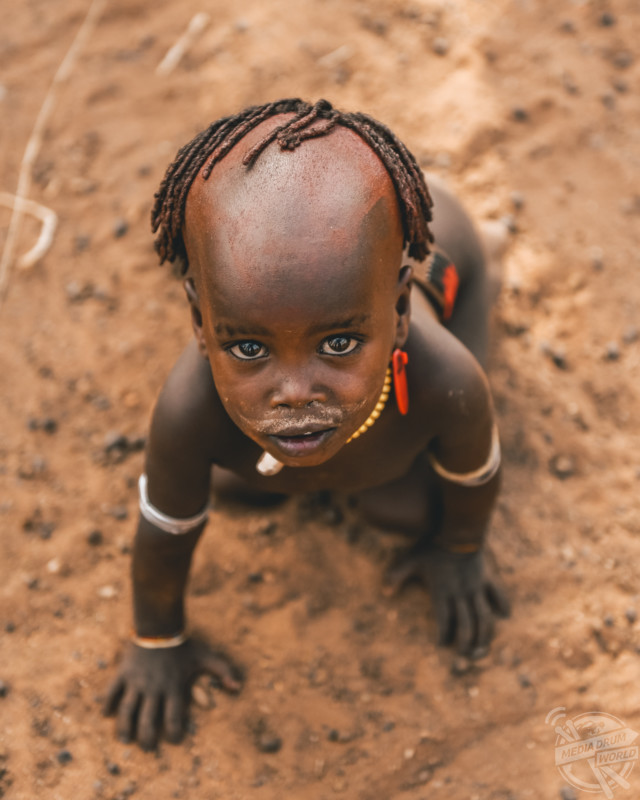
Pongtharin Tanthasindhu / mediadrumimages.com
“Most of these people do not like their photograph being taken, so I have to either strike a conversation with them first or try my best to take pictures from far distances without them noticing,” he said.
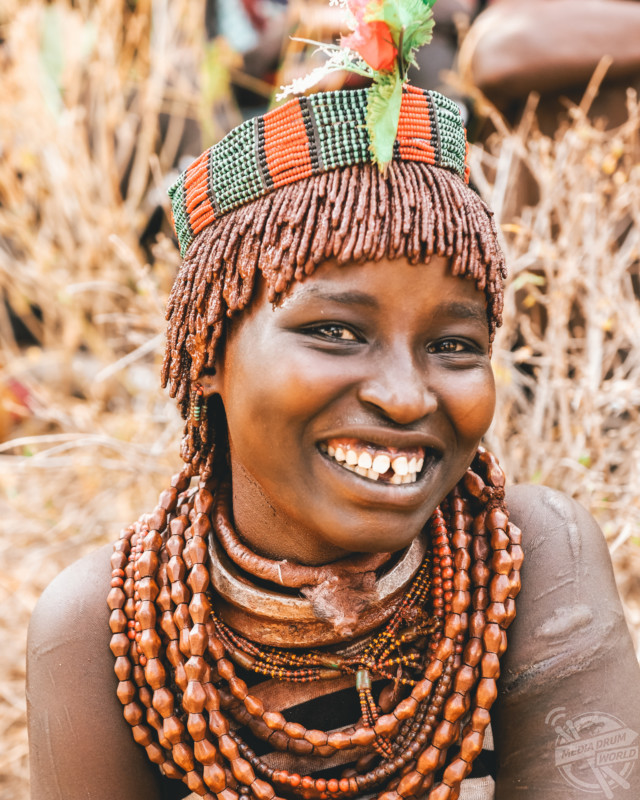
Pongtharin Tanthasindhu / mediadrumimages.com
“In addition, Mursi tribes can only be visited in the morning as they prefer to stay at home and drink alcohol in the evening, which can get really violent. This can make it somewhat difficult to control the light.
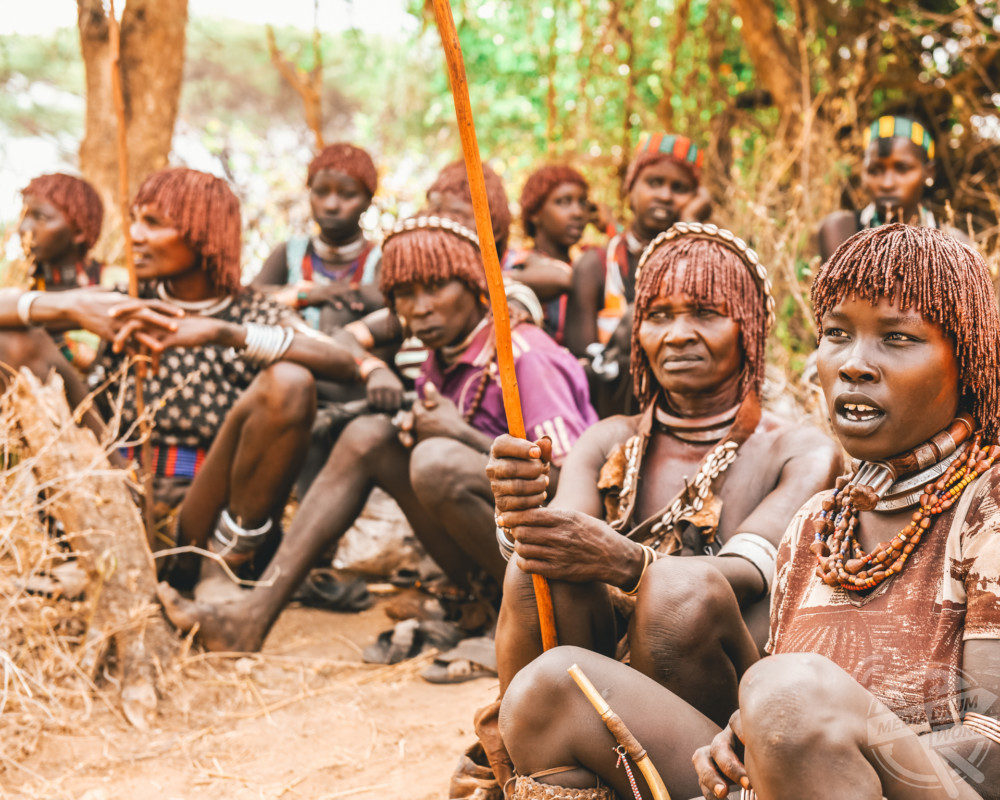
Pongtharin Tanthasindhu / mediadrumimages.com
“I have always been a fan of street and people photography in general. I feel that it tells a great story especially when travelling to off the beaten path places.
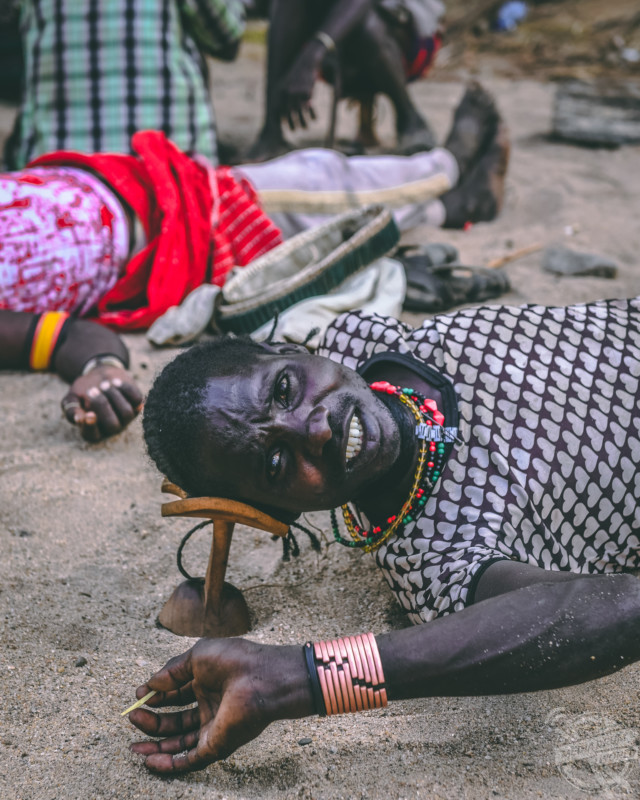
Pongtharin Tanthasindhu / mediadrumimages.com
“Most people are shocked to find people who have not changed the way they live for the past few centuries.”

